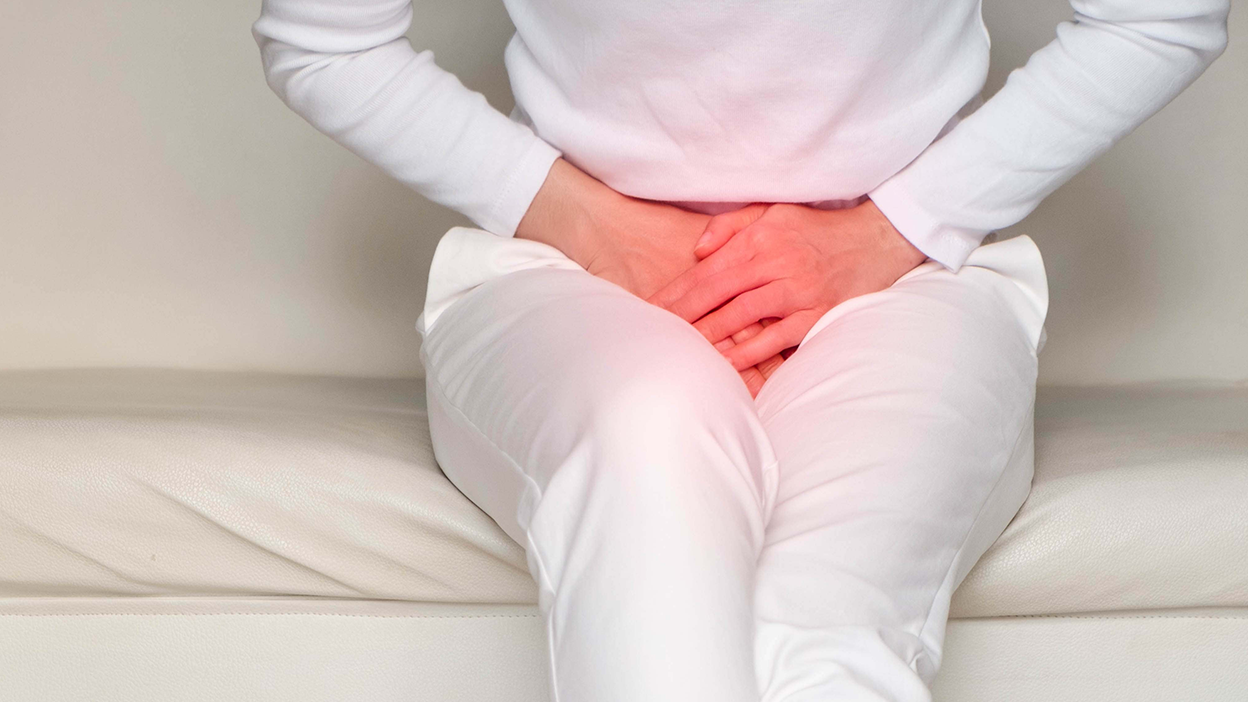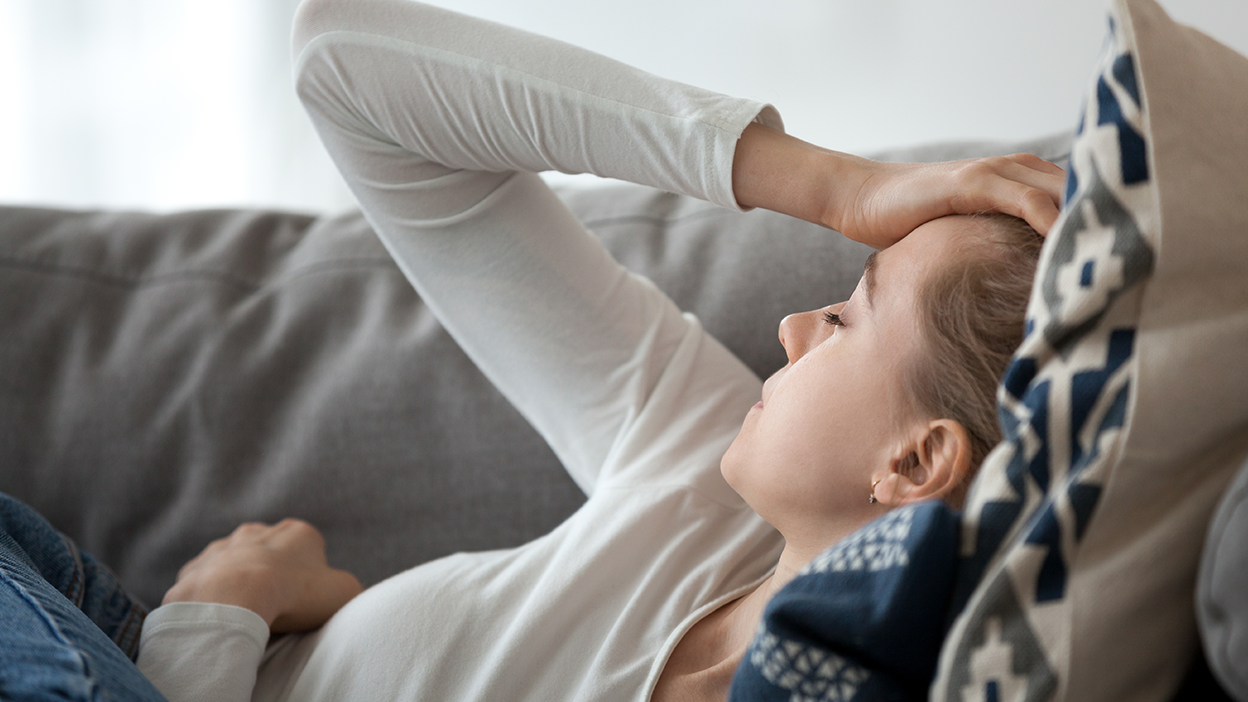Urinary incontinence
Intro
Urinary incontinence is one of the most common and delicate problems in modern urology and gynecology. This is a condition where there is spontaneous urination during rest or during physical work, as well as during sneezing and laughing.
Article
Urinary incontinence is one of the most common and delicate problems in modern urology and gynecology. This is a condition where there is spontaneous urination during rest or during physical work, as well as during sneezing and laughing.
This immediately raises a number of hygienic issues, one must consider the fact that panties are periodically damp, which leads to an unwanted odor - in such a situation, a woman's socialization occurs in an uncomfortable tension and leads to psychological discomfort.
This disease is most often found in women of active working age from 30 to 50 years old. However, only a small part seeks medical attention for this problem.
Many women do not know which specialist to turn to, and in most cases, they are embarrassed by their problem or consider it normal.
Women at risk include:
- those who are overweight;
- in the postmenopausal period;
- those who have undergone complicated traumatic childbirth;
- mothers with many children;
- those who have suffered serious gynecological diseases;
- those with infectious diseases;
- those suffering from diabetes.
Urinary incontinence is divided into 3 groups:
- Stress incontinence - involuntary leakage of urine during exertion, coughing, or sneezing;
- Urgent incontinence - involuntary leakage of urine, occurring immediately after a sudden urge to urinate;
- Mixed incontinence - involuntary leakage of urine, accompanied by a sudden urge, as well as sudden effort, tension, sneezing or coughing.
In general, to sum up, incontinence occurs due to the loss of muscle control for various reasons, which actually causes leakage at any time. As a result, a woman may fall into depression, refuse social activity, intimate closeness with a partner. The risk of infections of the perineum increases.
Treatment options will, of course, be individual, but from a young age, you can and should do Kegel exercises, so that the pelvic floor muscles are always toned. It is commonly thought that this exercise is only for pregnant women, but the tone of the pelvic floor muscles is important at any age and under any conditions, because this is a matter of women's health in general. We recommend reading in detail about this exercise here (Exercises for strengthening the pelvic floor).
It is very important to understand that you can lead a full life with such a diagnosis.
For such cases, Kotex has developed a special product for protection against light incontinence and daily discharges - Kotex 2 in 1 daily pads.
The FlexLoc™ center contains a special absorbent component that has the property of neutralizing the smell of urine and helps to maintain dryness for a long time. The pads are thin, flexible, and adapt to the anatomy of the body, providing comfort all day long. Each pad is packed in an individual envelope, so you can always take a few pieces with you in case you need to change the product during the day.
The anatomy of the female urinary system is conducive to negative pathological manifestations, so at any age, you should take care of yourself, avoid physical overstrain, lead a healthy lifestyle, and play sports.
However, if symptoms of urinary incontinence appear at a young age or during menopause, it is necessary to see a gynecologist or urogynecologist for proper diagnosis and further treatment. The main thing is not to put up with the problem, but to try to solve it, not aggravating the situation.
Remember about hygiene, use Kotex 2 in 1 pads, monitor your health, and under no circumstances put your life on pause, enjoy every moment!







